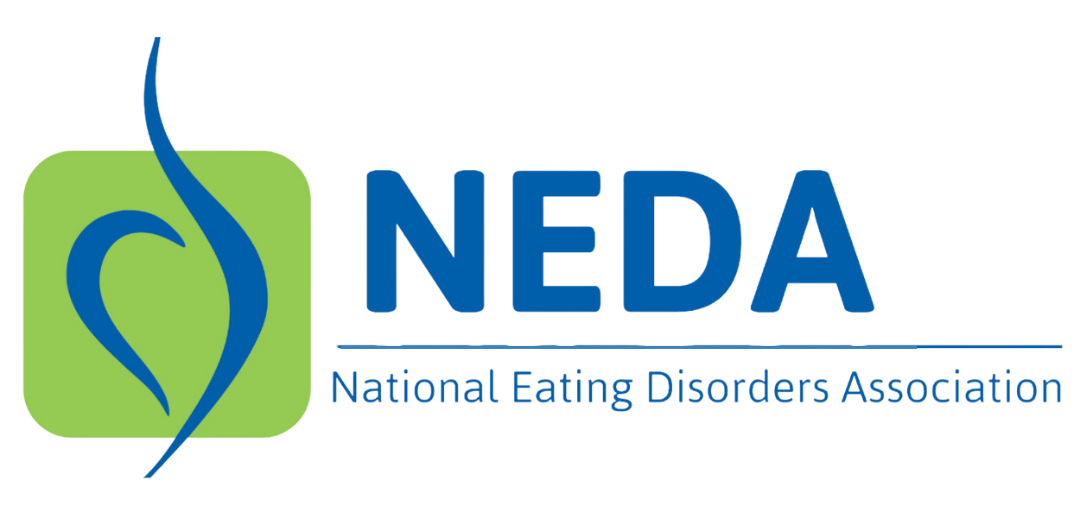Black, Indigenous, and People of Color (BIPOC) and Eating Disorders
By Norman Kim, PhD
Black, Latina/o/x/e, Indigenous/Native, Asian, and other people of color have historically been omitted from our understanding of and discussions about eating disorders due to the inherent Western biases built into our medical and mental healthcare systems and the culture at large. Among the many consequences of this systemic neglect and exclusion of people of color and those with other minority and intersectional identities is the existence of barriers to medical and mental healthcare that so many individuals who are Black, Indigenous, and people of color (BIPOC) experience when they are struggling with an eating disorder.
Large-scale studies have found that rates of all eating disorders are the same or higher in all racial and ethnic groups as compared to white individuals.1 Despite the lack of differences in rates, individuals with minoritized, marginalized, and other intersectional identities are less likely to receive care and services.2,3 Some factors that are responsible for these disparities are:
- Body Image Goes Beyond Thinness: Substantial cultural differences exist in how body image pressures are experienced by BIPOC individuals that go well beyond a desire to be thin. In these individuals dissatisfaction with one’s body is often more related to messages from the dominant culture that place more value on such things as lighter skin (colorism), more western-appearing facial features and body structures, and other elements of behavior and appearance that BIPOC individuals might experience as pressure to conform to a specific, western ideal. Providers who are not attuned to these cultural nuances in presentation risk missing clinically significant eating and body image issues.
- Lack of Cultural Competence and Representation among Providers: A recent survey of eating disorder providers revealed that across disciplines, the current workforce is predominantly white (73%).4 This is not adequately representative of the diversity of the general population of the US, approximately 40% of which currently identifies as an ethnic/racial minority.5 This disparity is even more pronounced for the population under 16, which is already a majority “minority” population. While there have been efforts at raising more awareness around these cultural differences, most providers are not adequately trained in culturally competent assessment and treatment. This lack of diversity among providers also means that few providers have the lived experience and understanding of the chronic stresses of dealing with systemic racism, repeated microaggressions, discrimination, intergenerational racial trauma, and marginalization, and the direct impacts these experiences have on wellbeing and overall health. All of these disparities represent significant barriers for BIPOC individuals seeking care.
- Barriers to and in Treatment: BIPOC individuals might encounter significant financial barriers to receiving care, providers and programs that do not provide an adequate sense of safety and understanding, bias and discrimination in attempting to receive care, lack of understanding of racial trauma, and continued stigma. An inadequate understanding of the role that racial trauma, microaggressions, and other experiences of discrimination and marginalization play in the trajectory and development of eating disorder symptoms in BIPOC individuals prevents many from being identified and adequately treated.
Women of Color and Eating Disorders
Women of color in the United States face substantially more stress resulting from multiple intersectional identities than that caused by acculturation alone. Eating disorders in women of color may be, in part, a response to environmental stress (i.e. abuse, racism, poverty). Therefore, given the multiple traumas that women of color are exposed to, they may be more vulnerable to eating disorders.
When presented with identical case studies demonstrating disordered eating symptoms in white, Hispanic and Black women, clinicians were asked to identify if the woman’s eating behavior was problematic. 44% identified the white woman’s behavior as problematic; 41% identified the Hispanic woman’s behavior as problematic, and only 17% identified the Black woman’s behavior as problematic despite the case studies being identical. The clinicians were also less likely to recommend that the Black woman should receive professional help.6
Sources
[1] Marques, L., Alegria, M., Becker, A. E., Chen, C. N., Fang, A., Chosak, A., & Diniz, J. B. (2011). Comparative prevalence, correlates of impairment, and service utilization for eating disorders across US ethnic groups: Implications for reducing ethnic disparities in health care access for eating disorders. International Journal of Eating Disorders, 44(5), 412-420. https://psychiatryonline.org/doi/book/10.1176/appi.books.9780890424865 https://doi.org/10.1002/eat.20787
[2] Sonneville, K. R., & Lipson, S. K. (2018). Disparities in eating disorder diagnosis and treatment according to weight status, race/ethnicity, socioeconomic background, and sex among college students. The International journal of eating disorders, 51(6), 518–526. https://psychiatryonline.org/doi/book/10.1176/appi.books.9780890424865 https://doi.org/10.1002/eat.22846
[3] Acle, A., Cook, B. J., Siegfried, N., & Beasley, T. (2021). Cultural Considerations in the Treatment of Eating Disorders among Racial/Ethnic Minorities: A Systematic Review. Journal of Cross-Cultural Psychology, 52(5), 468-488. https://doi.org/10.1177/00220221211017664
[4] Jennings Mathis, K., Anaya, C., Rambur, B., Bodell, L. P., Graham, A. K., Forney, K. J., Anam, S., & Wildes, J. E. (2020). Workforce Diversity in Eating Disorders: A Multi-Methods Study. Western journal of nursing research, 42(12), 1068–1077. https://doi.org/10.1177/0193945920912396
[5] Jensen, E. (2023, October 11). The chance that two people chosen at random are of different race or ethnicity groups has increased since 2010. Census.gov.
https://www.census.gov/library/stories/2021/08/2020-united-states-population-more-racially-ethnically-diverse-than-2010.html
[6] Gordon, K. H., Brattole, M. M., Wingate, L. R., & Joiner, T. E., Jr (2006). The impact of client race on clinician detection of eating disorders. Behavior therapy, 37(4), 319–325. https://doi.org/10.1016/j.beth.2005.12.002

